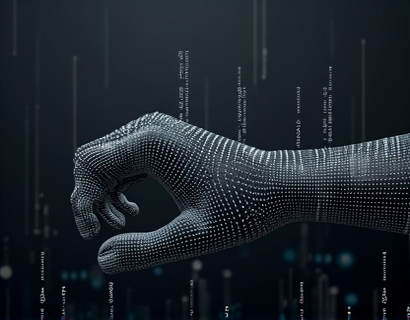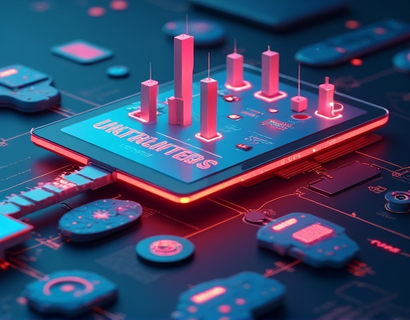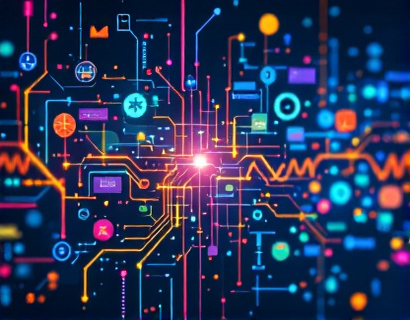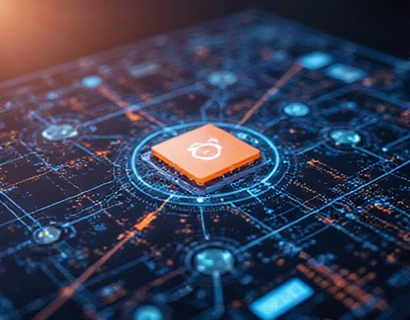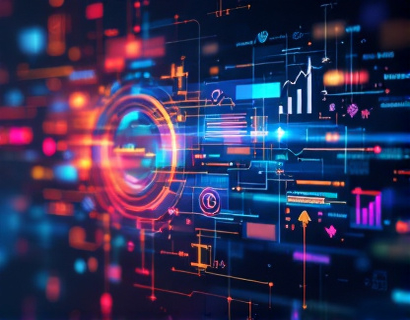Revolutionizing Digital Access: The Synergy of Crypto and AI
The intersection of cryptocurrency and artificial intelligence (AI) is giving rise to a new era of digital innovation, fundamentally transforming user experiences across various platforms and applications. This synergy is not just about combining two advanced technologies but about creating a seamless, secure, and highly personalized digital environment. As tech professionals and early adopters, understanding the potential and current applications of this fusion is crucial for staying ahead in the rapidly evolving tech landscape.
Enhanced Security through Cryptographic Techniques
One of the primary benefits of integrating cryptocurrency with AI is the enhancement of security measures. Cryptocurrencies, by design, employ robust cryptographic techniques to ensure data integrity and user privacy. When AI is integrated into this framework, it can dynamically adapt to new threats and patterns, providing a more proactive security approach. Machine learning algorithms can analyze vast amounts of data to detect anomalies and potential security breaches in real-time, significantly reducing the risk of cyber attacks. This level of security is particularly vital for applications handling sensitive user information, such as financial transactions and personal data storage.
Personalized User Experiences through AI
AI's ability to process and analyze large datasets makes it an ideal tool for creating personalized user experiences. In the context of cryptocurrency, AI can tailor recommendations and services based on individual user behavior and preferences. For instance, a digital wallet application can use AI to suggest optimal investment strategies, monitor market trends, and alert users to potential opportunities or risks. This personalized approach not only enhances user satisfaction but also increases engagement and loyalty to the platform.
Streamlined Access and Authentication
Traditional authentication methods often pose a barrier to seamless user experiences. The integration of cryptocurrency and AI can revolutionize this process through decentralized identity verification and zero-knowledge proofs. These technologies allow users to prove their identity without revealing sensitive information, ensuring both privacy and security. AI-driven systems can further optimize this process by learning from user interactions and adapting authentication methods to minimize friction. For example, biometric data combined with AI can provide a secure and convenient way to access crypto-based applications.
Smart Contracts and Automated Processes
Smart contracts, self-executing contracts with the terms directly written into code, are a cornerstone of blockchain technology. When combined with AI, smart contracts can become even more powerful and efficient. AI can analyze complex scenarios and predict outcomes, enabling smart contracts to make more informed and intelligent decisions. This synergy can automate a wide range of processes, from financial transactions to supply chain management, reducing the need for intermediaries and lowering transaction costs. The result is a more efficient and user-friendly experience for all involved.
Predictive Analytics for Better Decision Making
AI's strength lies in its predictive analytics capabilities. By analyzing historical data and current trends, AI can forecast future scenarios with a high degree of accuracy. In the realm of cryptocurrency, this means providing users with insights into market movements, potential investment opportunities, and risk assessments. For instance, AI-driven analytics can help users make informed decisions about when to buy or sell cryptocurrencies, optimizing their portfolios for maximum returns. This level of predictive accuracy is invaluable for both individual users and institutional investors.
Enhanced User Interface and Experience Design
The combination of cryptocurrency and AI also extends to the design and functionality of user interfaces. AI can analyze user interactions and feedback to continuously improve the user experience. For example, natural language processing (NLP) can enable more intuitive and conversational interfaces, allowing users to interact with crypto applications using natural language commands. Additionally, AI can optimize the layout and functionality of applications based on user behavior, ensuring that the most frequently used features are easily accessible. This adaptive design approach leads to a more intuitive and user-friendly experience.
Decentralized Applications and User Empowerment
Decentralized applications (dApps) are at the forefront of the crypto-AI revolution, offering users greater control and ownership over their data and digital assets. By leveraging blockchain technology, dApps can operate without central authorities, ensuring transparency and fairness. AI enhances this model by providing advanced functionalities such as automated trading, personalized recommendations, and enhanced security measures. Users can benefit from a more empowering and democratic digital environment, where they have direct control over their digital identities and assets.
Challenges and Considerations
While the potential of merging cryptocurrency and AI is vast, there are several challenges and considerations that must be addressed. One of the primary concerns is the regulatory landscape, which is still evolving and varies significantly across different regions. Ensuring compliance with local laws and regulations is crucial for the adoption and success of these technologies. Additionally, the technical complexity of integrating AI with blockchain systems requires skilled professionals and significant resources. There is also the issue of user education, as many individuals may be unfamiliar with both cryptocurrencies and AI, necessitating clear and accessible information.
Future Prospects and Innovations
Looking ahead, the future of crypto-AI integration holds immense promise. Advancements in quantum computing, for instance, could further enhance the capabilities of AI algorithms, making them even more powerful and efficient. The development of interoperable blockchain platforms will also facilitate seamless integration and interaction between different crypto and AI systems. Moreover, the rise of Web3 technologies, which aim to create a decentralized internet, will likely see increased adoption of crypto-AI solutions, leading to more innovative and user-centric applications.
Conclusion
The convergence of cryptocurrency and AI is not just a technological trend but a transformative force reshaping the digital landscape. By enhancing security, personalizing user experiences, streamlining access, and enabling decentralized applications, this synergy is paving the way for a more secure, efficient, and user-friendly digital world. For tech professionals and early adopters, embracing these advancements is essential for staying competitive and innovative in the years to come.




